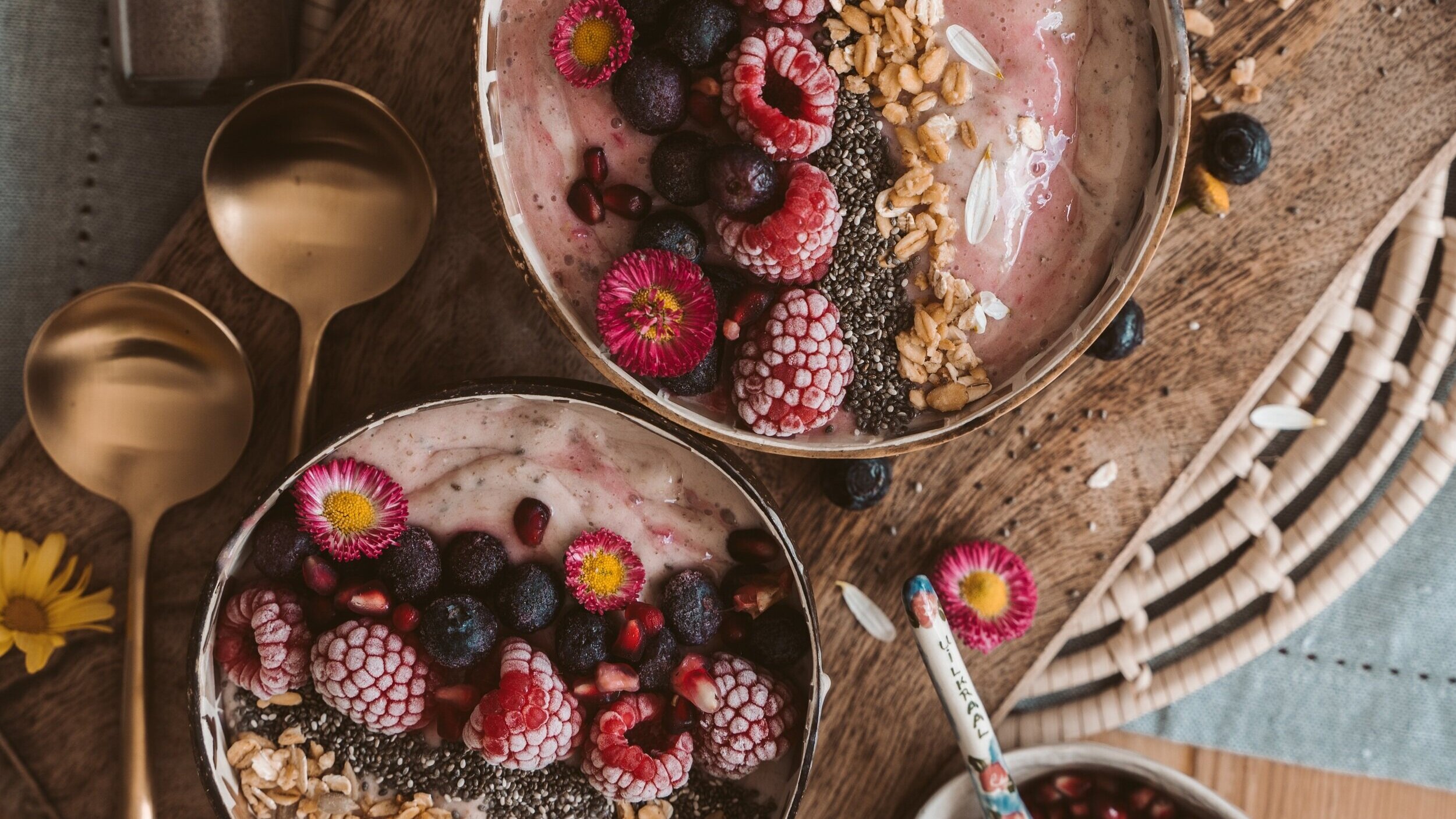As you know, we are huge fans of Ayurveda, you don’t just eat Ayurveda you live Ayurveda.
Did you know that different days of the week are governed by and embody the energy of different Doshas. By re-structuring our activities and eating to be in harmony with the Dosha and corresponding energy of different days of the week, we are able to live in more alignment to be more efficient and live with a greater sense of grace and ease. Making small changes in our daily routines has the ability to completely change the flow of our lives.
As you read on you will see that how to generally structure your week to be in alignment with these energies.
Sunday
Sunday is governed by the Sun, therefore, this means that the Pitta Dosha dominates which encompasses energy, passion, and power. Take the opportunity to use this increased energy on Sundays to go for a run, a hike in nature or a strong yoga practice.
Pitta also governs our digestive fire, so making use of this to catch up with friends for Brunch or a picnic is also a nice way to enjoy this energy. As pitta is fire, try not to overload your body with foods and beverages that are hot in nature, so leave red meat, chilli, and alcohol for Saturdays instead.
Monday
Moon Monday, Monday is governed by the Moon which encompasses cooling, soothing and nourishing properties dominated by Kapha and Vata. Although in our society today Monday is seen as the day to rev up your energy and get things done, according to Ayurveda those actions are seen to be very harmful. Instead, take the initiative to incorporate some journalling when you wake, a stroll on your lunch break and a little extra time spent meditating in the evening.
Undertaking a yin yoga class is a wonderful way to embrace the moon energy on Mondays. Keeping this moon energy in mind, when it comes to your diet on Mondays it may help to stick to liquids via a smoothie for breakfast, soup for lunch, vegetable broth for dinner and lots of our juicy goodness in between.
Tuesday
Mars is said to govern Tuesdays, which embraces Pitta characteristics – fire, anger, and courage. Using this energy wisely, it’s a mighty fine day to commence one of our cleanse programs if we say so ourselves. On Tuesdays, we like to use this fire to work through more challenging projects that require a little more courage and stamina. When it comes to exercise, channel this fire into a spin class, some boxing or weight training.
Wednesday
Humpday is governed by the planet Mercury and is influenced by all three doshas, providing more balance and harmony. Wednesdays allow all that you have worked on the past two days to flow seamlessly, however, do not step back, keep working at a steady pace to reap the rewards. Take Wednesdays as a time to reflect on where you can improve going forward through the simple practice of journaling.
Thursday
Jupiter governs Thursday, where Kapha takes a stand to provide some much-needed grounding. On Thursdays, try to incorporate some plyometrics, pilates or vinyasa yoga to keep your kapha in balance to avoid becoming stagnant and naturally heavy. In regards to food, you might like to eat a bit lighter – enjoy a little more juice today plus a wholesome salad.
Friday
Friday is governed by Venus which is influenced by Kapha and Vata. This means that Fridays are for creativity to stimulate all of your senses. This could look like wearing more colorful clothing, a walk in nature, mix up your look with bold lipstick and listening to music. Friday is a time to get creative, so if you have followed the principles that we have mentioned so far, you shouldn’t need to order pizza, wine, and a Netflix marathon.
Saturday
It’s the weekend, which calls for movement, passion projects, hobbies, and creativity. As Saturday is governed by Vata it provides the perfect opportunity to dive into all that defines you away from work. A balanced Saturday could look like a morning walk and breakfast with a friend, a ceramic class before lunch and a yin yoga class in the afternoon. It is really important that you don’t skip meals on Saturdays, as Vata requires a lot of grounding, so make sure you emphasise wholesome meals on Saturdays.















